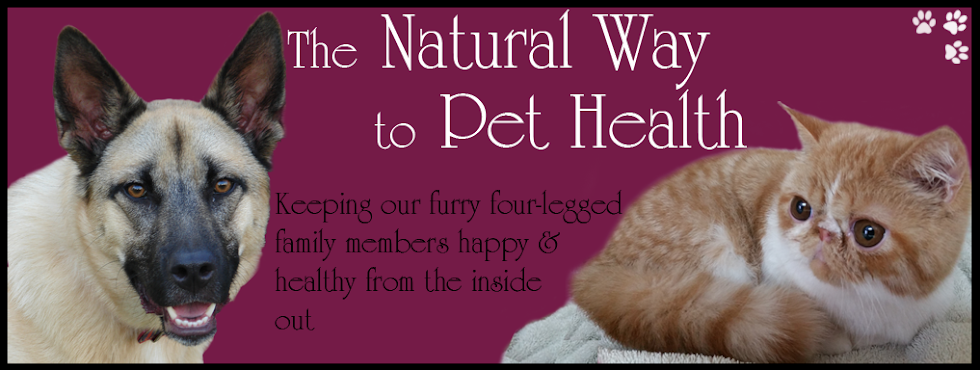
This recipe is designed for a 25 pound, neutered, adult dog.
Best Homemade Dog Food Recipe Ingredients:
8 ounces chicken thigh meat (cooked)
½ ounces chicken liver (cooked)
1 large egg (hard-boiled)
4 ounces sweet potato (boiled)
2 ounces plain low-fat yogurt
1,000 mg fish oil
700 mg calcium (3/8 teaspoon ground eggshell, or any other form of plain calcium)
This recipe provides 700 kcal, 72.3 grams protein (15.8% as fed, 54.8% dry matter), 32.6 grams fat (7.1% as fed, 24.7% dry matter), 24.5 grams carbohydrates (5.4% as fed, 18.6% dry matter).
Notes: This recipe is designed for the average 25-pound adult dog; homemade puppy food includes special requirements not addressed here. Dietary intake, proportions, and ingredients must be adjusted for your dog's weight, health condition, and activity level. The amounts can be increased proportionately for larger dogs, and decreased for smaller dogs, but keep in mind that large dogs require less food for their body weight than small dogs. (A 50-pound dog requires less than twice the amount needed for a 25-pound dog; use a little more than half the amounts for a 12-pound dog.) Observe your dog's weight and adjust the amount you feed as needed to keep him slim and trim.
This is not a nutritionally complete homemade dog food. It is good for occasional use, but like most homemade food for dogs, it requires supplementation and variety to fully meet a dog's nutritional requirements. For adult dogs, this recipe is short on some vitamins (B1, B12, choline, and vitamins D, E, and K) and minerals (copper, magnesium, manganese, zinc). A multivitamin and mineral supplement can help ensure that your dog's nutritional needs are met, though it's not a substitute for feeding a balanced diet with a lot of variety.


